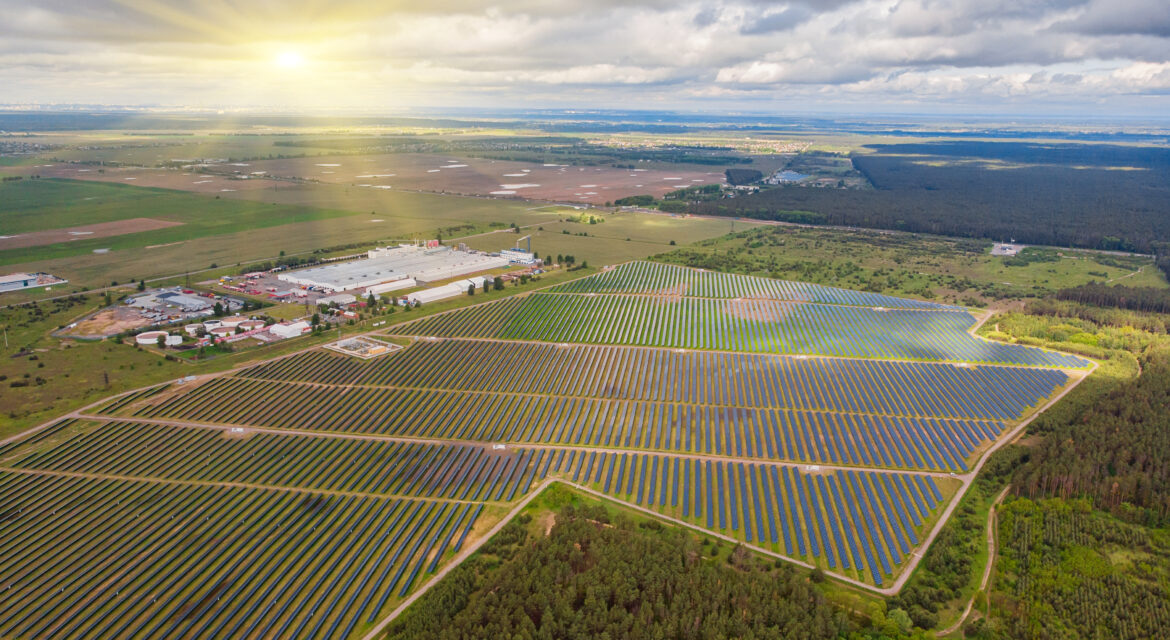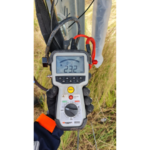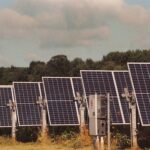As the world steadily moves toward renewable energy, building a solar power plant has become both a smart investment and a detailed technical process. These systems are expected to generate clean energy and comply with a range of regulatory, safety, and environmental standards. A well-planned design is important because it brings every system component together to work efficiently and reliably.
When the design is properly integrated, you can reduce risk, meet compliance requirements, and maximise your site and resources. So, in this article, you’ll discover how thoughtful solar farm design supports better performance and keeps your project on track.
Core Components of Solar Farm Design
Developing a high-functioning solar power plant begins with a series of interconnected design decisions. The project’s strength lies in how these components work together across disciplines. Here are key elements that make up solar farm design:
Concept Design
The conceptual design guides the project to success and sets the foundation for long-term performance and compliance. In this preliminary phase, engineers assess the terrain, solar irradiation levels, grid access, and environmental constraints to determine a technically viable site. This evaluation allows for seamless integration with substation design and power delivery strategies in the early stages.
Coordinated Solar Electrical Plans
A solar power plant relies heavily on a well-designed electrical system. If these parts are not properly coordinated, the project may face delays, safety risks, and failed inspections. That said, the electrical infrastructure components typically include:
- Single-Line Diagrams (SLDs): These are simplified schematic representations that outline the flow of electricity through the system.
- Inverter Configurations: These convert direct current (DC) electricity generated by solar panels into alternating current (AC) electricity used by the grid.
- Grounding Layouts: These setups protect equipment and personnel from dangerous voltage build-up and lightning strikes.
- Protection Systems: These are security mechanisms designed to isolate faults and prevent cascading failures.
Proper coordination through an integrated solar electrical plan ensures consistent voltage levels and optimal inverter efficiency. It also improves communication between components, which enhances system uptime and operational safety.
Substation Design
Substations are important for balancing voltage, handling power distribution, and ensuring the system meets utility requirements. Failure to plan a substation design along with its main electrical layout can result in grid rejection or overload risks.
Design Considerations for Long-Term Feasibility
Beyond layout and output optimisation, integrated solar farm design ensures grid compatibility and long-term system resilience. A well-planned solar power plant accounts for operational stress, maintenance cycles, and evolving regulatory standards.
Grid Integration
Grid operators adhere to interconnection standards covering power factor, reactive power, and fault handling. These parameters must be built early into the design stage of solar electrical plans. By doing this, the farm can operate within utility limits and avoid shutdowns or fines. Coordinating these details with substation design helps reduce approval timelines and prevent last-minute technical changes.
Substation Layout
A compliant solar power plant relies on the substation to deliver stable voltage levels, efficient energy transformation, and protective isolation. Integrating a strategic layout for substations ensures that all operations meet utility requirements. In addition, when addressed early, solar developers can avoid costly rework and accelerate commissioning.
Engineering for Long-Term Operational Resilience
Good design goes beyond meeting rules that ensure the system can handle stress over time. An integrated plan involves choosing the right cable sizes, adding surge protection, managing heat loads, and setting backups. Engineers reduce the risk of cascading failures through these elements and ensure the plant is resilient under harsh conditions.
Build Your Solar Project with ElectraGlobe
Integrated solar farm design is an important factor in the success of any modern solar power plant. It enables developers to optimise performance, minimise risks, and ensure full regulatory compliance.
With ElectraGlobe, your solar power plant development is supported from the ground up through expert planning, design, and execution. We help ensure your project runs efficiently, meets compliance standards, and delivers long-term performance. To learn more about our services, visit our website today!
Frequently Asked Questions (FAQs)
For quick reference, here are the answers to some of the most common technical questions about designing solar farms:
How to make a solar power plant project?
Developing a solar power plant involves land assessment, regulatory approvals, system design (which includes electrical plans and substation layout), and construction. From planning to grid connection, coordination with engineering firms and utility stakeholders is important.
What is the basic setup of a solar system?
A typical solar system includes photovoltaic panels, inverters, mounting structures, cabling, and a grid-connected substation. These components work together to convert sunlight into usable electricity and feed it into the power network.
How efficient are solar farms?
Modern solar farms typically operate at 15–22% efficiency, depending on location, technology, and design integration. Proper system design, orientation, and maintenance are key to maximising energy output.







